Five Ways To Save 'Zelda'

Five Ways To Save 'Zelda'
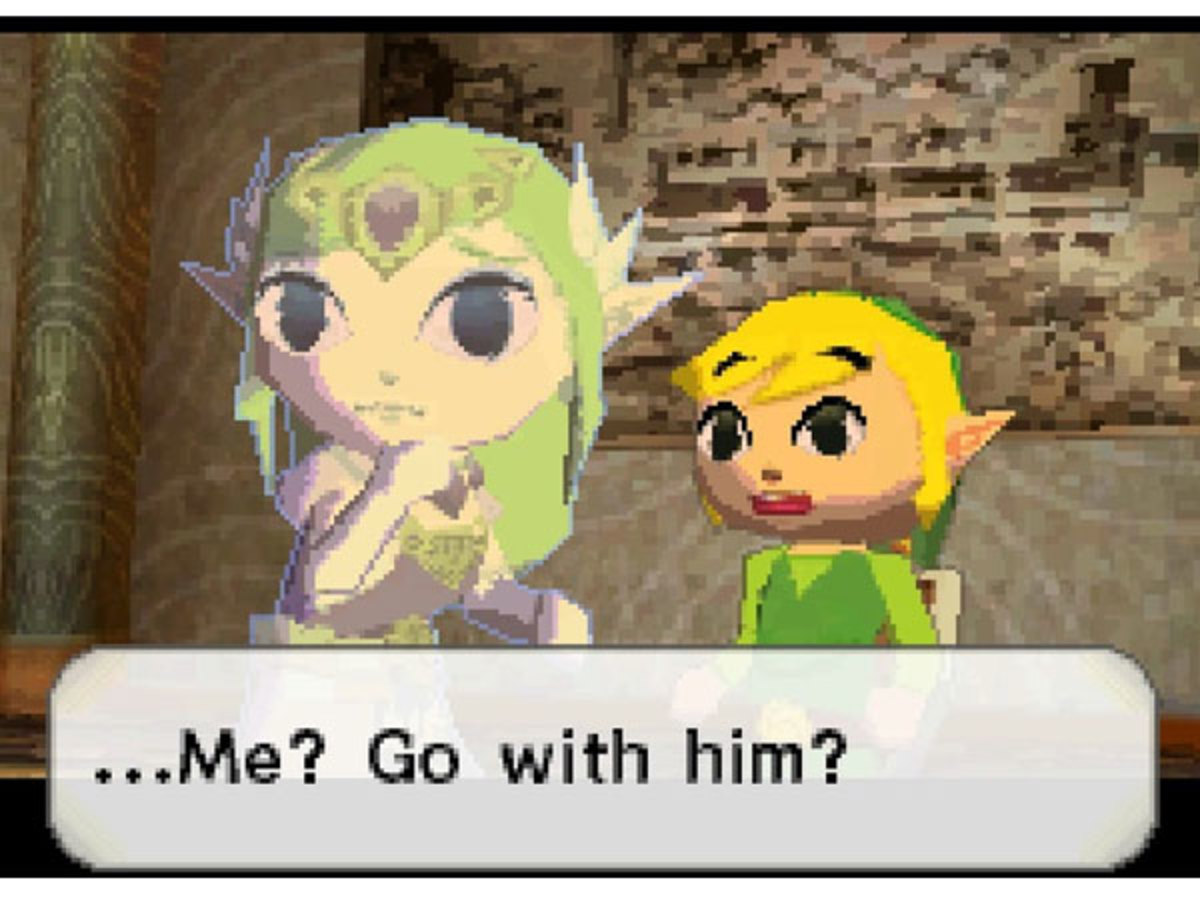
15. The Legend of Zelda: Spirit Tracks (2009): Zelda's sophomore Nintendo DS outing -- the 14th in the franchise -- is hardly a stinker: it won its console's Game of the Year honors from IGN, GameSpy and GameSpot. But to veterans of the series it feels devoid of innovation.

14. The Legend of Zelda: Phantom Hourglass (2007): The franchise's Nintendo DS debut introduced touchscreen play to the series -- but drawbracks included an overreliance on puzzles and a hugely underwhelming final boss.
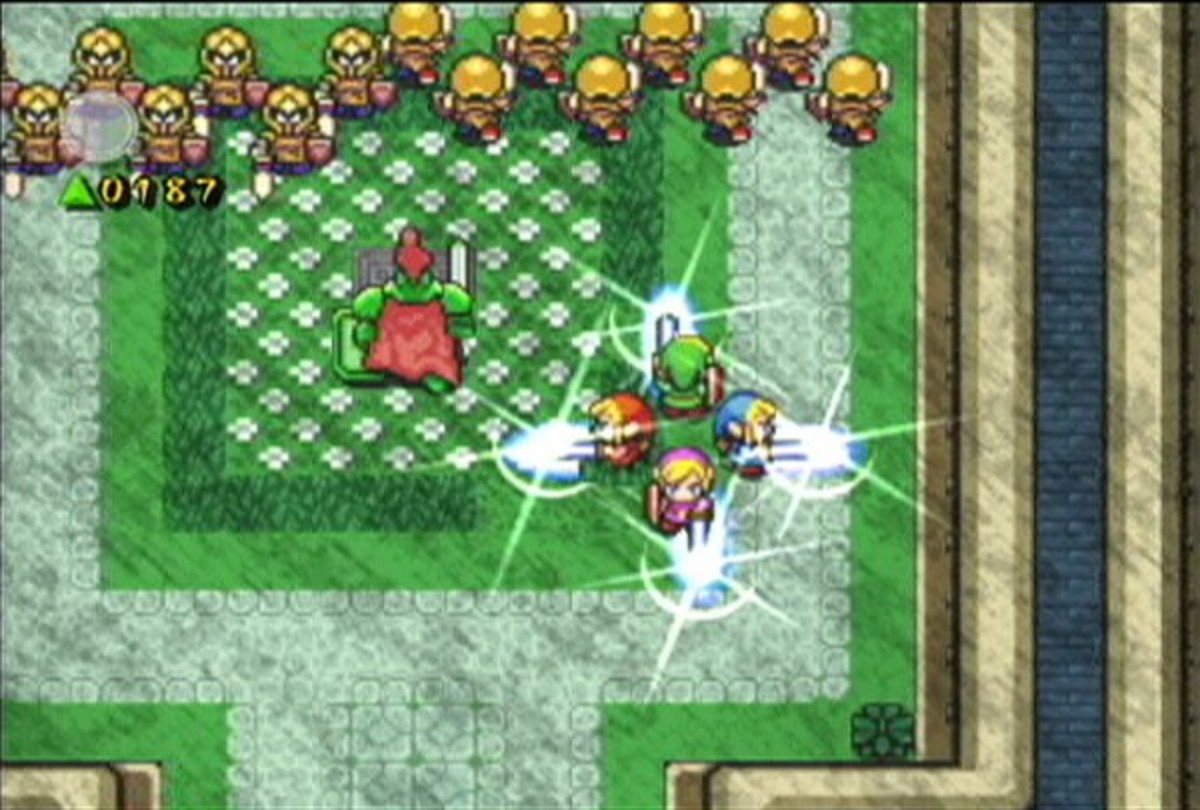
13. The Legend of Zelda: Four Swords Adventures (2004): This GameCube title was notable for its connectivity feature with Game Boy Advance, but much about it -- from the graphics to the gameplay -- is below Zelda's stratopheric standards.
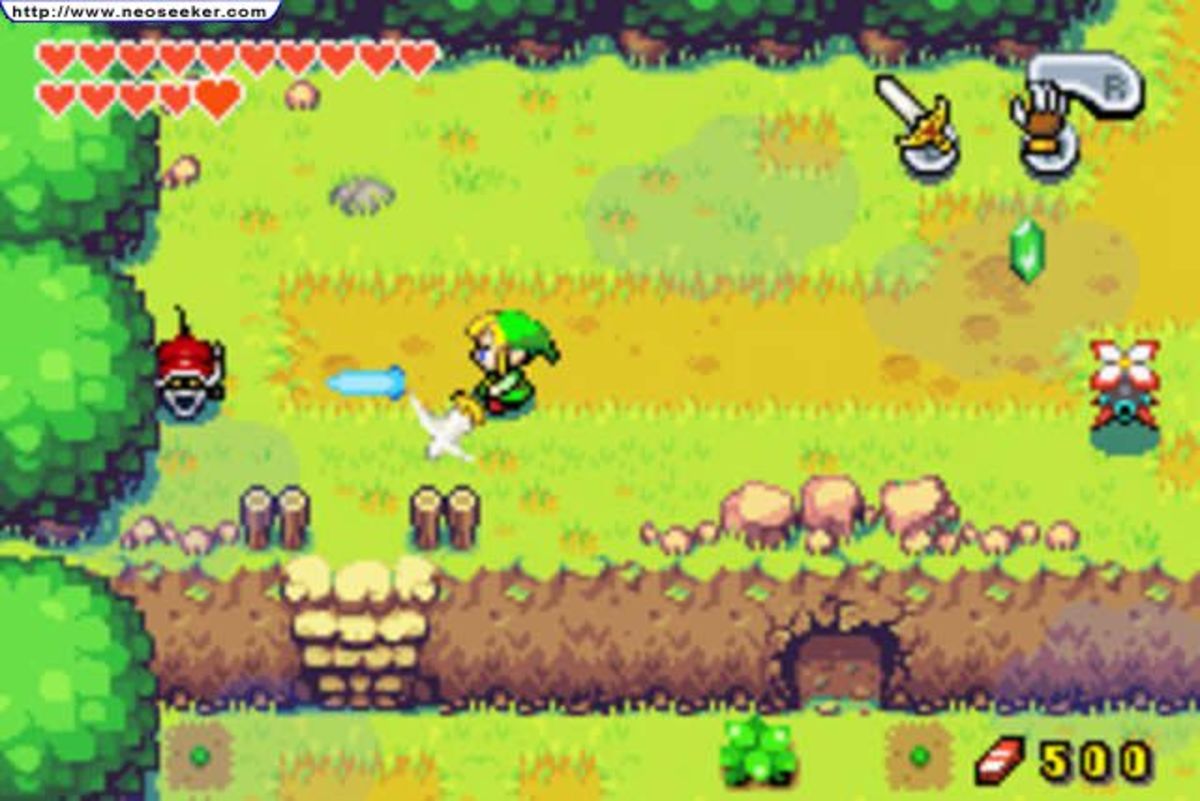
12. The Legend of Zelda: The Minish Cap (2004): The third and final game in Nintendo's Four Swords mini-trilogy, Minish Cap combines the classic Zelda gameplay with art inspired by the Wind Waker's whimsy. The biggest problem? Intermediate to advanced players will find it a breeze.

11. The Legend of Zelda: A Link to the Past & Four Swords (2002): While Link to the Past was a modified port of the Super Nintendo version that was released nearly a decade earlier, Four Swords was an exciting, absorbing multi-player adventure for the Game Boy Advance.

10. The Legend of Zelda: Oracle of Seasons and Oracle of Ages (2001): The Game Boy Color releases -- interconnected games that were designed to be played in any order -- are regarded as two of the finest action-adventure games to be released for a Nintendo handheld.

9. The Legend of Zelda: Twilight Princess (2006): That Zelda's first installment for the Wii barely cracks our top 10 is a testament to the overall strength of the series -- as it's an excellent game that was praised as one of the finest Nintendo releases in history at the time of its release.

8. The Legend of Zelda: Skyward Sword (2011): The earliest game in the franchise timeline, Zelda's second effort for the Wii surprassed the first thanks mainly to innovative motion-based sword-fighting gameplay that made use of the Wii MotionPlus peripheral.

7. The Legend of Zelda: Link's Awakening (1993): The franchise's Game Boy debut was the first Zelda game to be set outside Hyrule. Similar in top-down style to the just-released Link to the Past, Link's Awakening was impressively deep for the time of its release and even better received when colorized for a 1998 re-release.

6. Zelda II: The Adventure of Link (1988): The highly anticipated NES sequel -- much like Super Mario Bros. 2 -- was a radical departure from a can't-miss formula. The result was the most divisive Zelda game to date, but one whose difficulty still challenges players 25 years on.

5. The Legend of Zelda: Majora's Mask (2000): The darkest installment in the Zelda series is often dwarfed by the more popular Ocarina of Time, but its use of an innovative three-day time cycle makes it one of the Nintendo 64's most memorable and underappreciated titles.
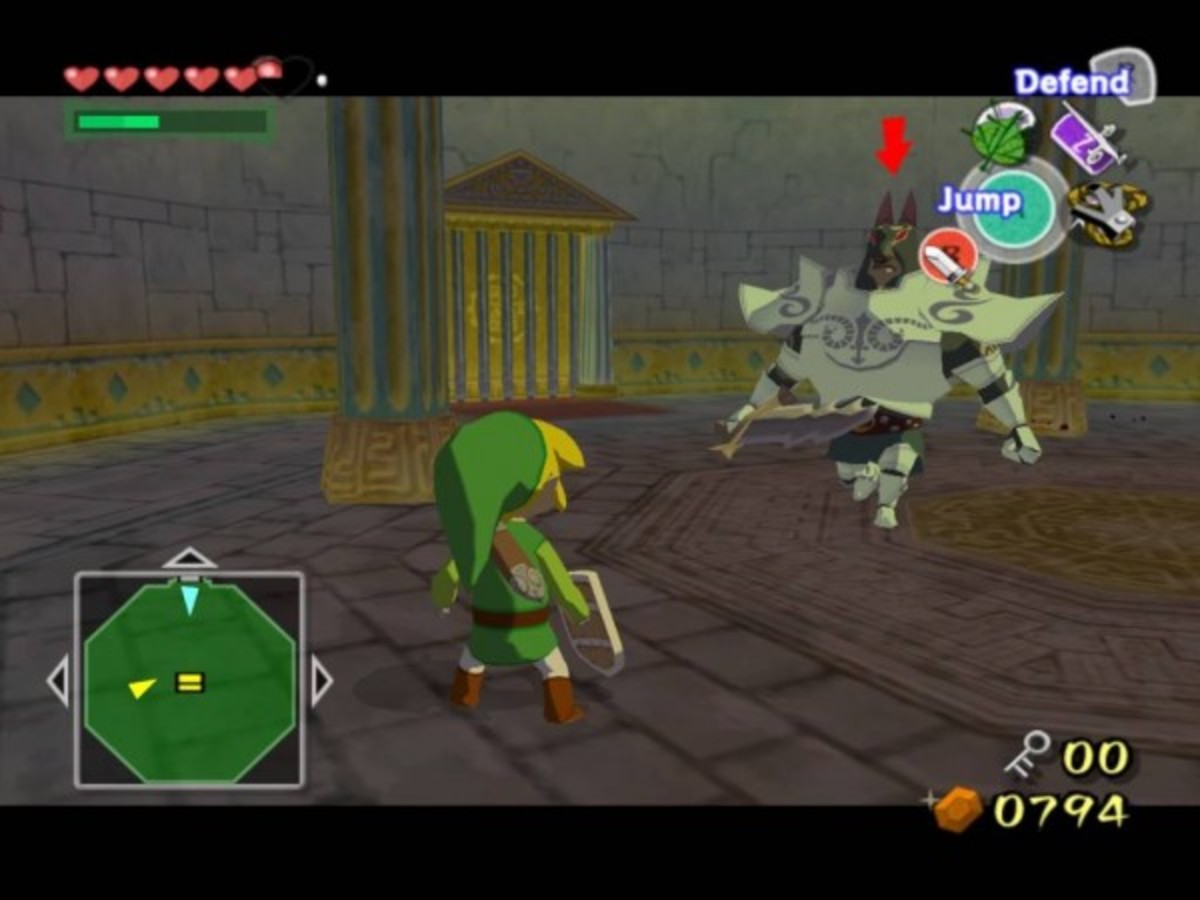
4. The Legend of Zelda: The Wind Waker (2002): Zelda's GameCube debut offered a bold new look -- cel-shading graphics bursting with color that made for the trippiest visuals in the series to date -- but fresh gameplay and a novel emphasis on sailing further set it apart as the franchise evolved into the new millennium.
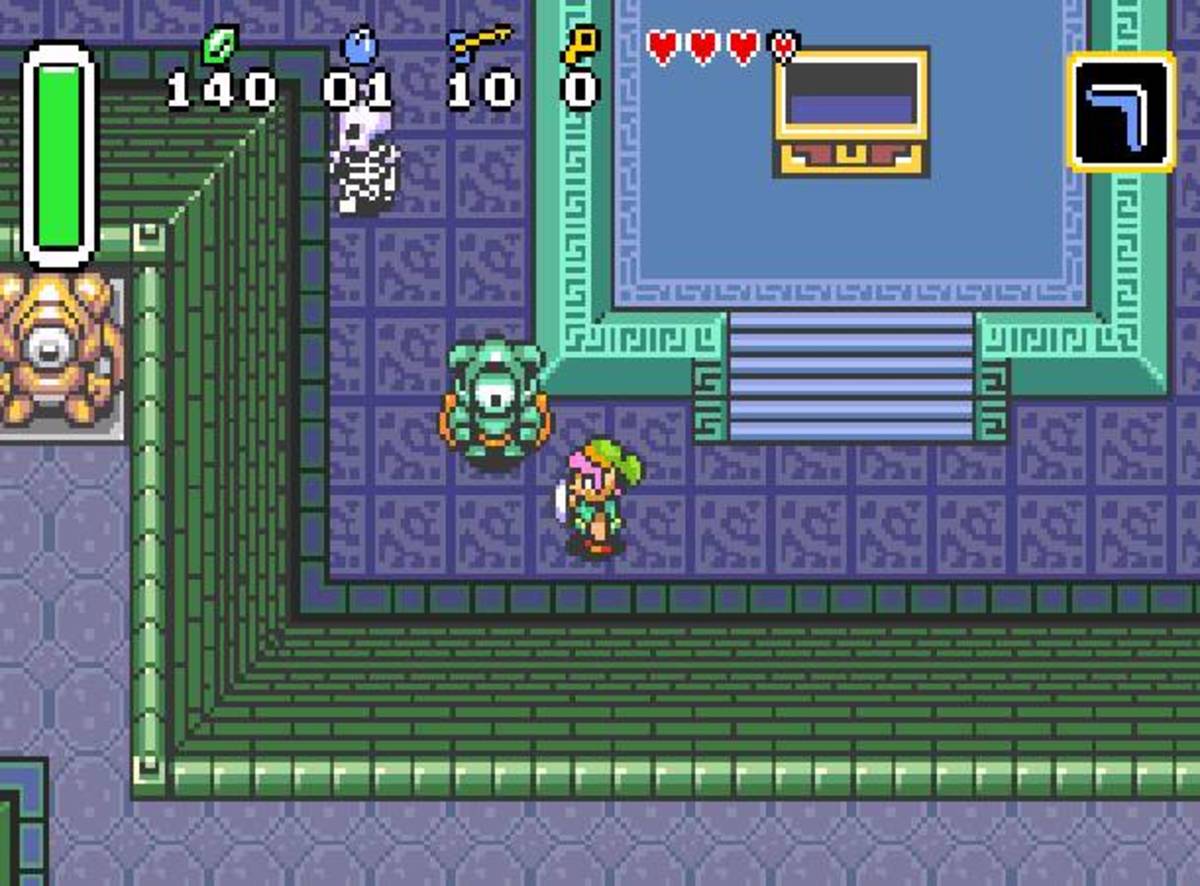
3. The Legend of Zelda: A Link to the Past (1992): The introduction of a parallel world -- a device revisted in subsequent Zelda titles -- further raised the bar for the franchise and provided a vivid showcase for what the Super Nintendo was capable of. The new dimension created a whole new set of gameplay possibilites that still resonate today.

2. The Legend of Zelda: Ocarina of Time (1998): Regarded by many younger players as the pinnacle of the series, the time-tripping yarn for Nintendo 64 has spawned four major-releases, most recently last year for Nintendo 3DS. It was twice declared the highest-rated game ever reviewed by Guinness World Records.

1. The Legend of Zelda (1987): One of the most influential video games of any genre, the unique gold-colored cartridge proved foretelling when Zelda became the first Nintendo title to sell one million copies. Its non-linear gameplay forced players to think about where to go next, establishing the template for countless other RPG-style games to come. And don't even get us started on the Second Quest ...
